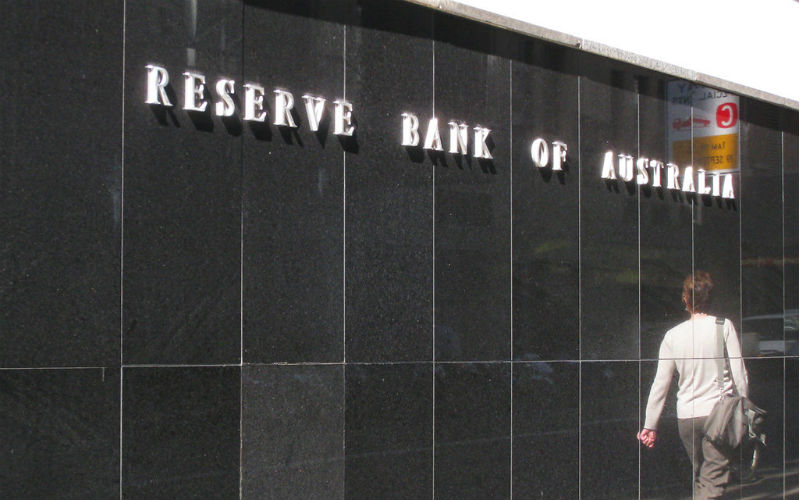Minutes of the October Reserve Board meeting which saw the official cash rate reduced to a new historic low of 0.75%, show the move was mostly driven by the need to support employment and income growth and lift inflation.
“Members noted that the Bank’s most recent forecasts suggested that the unemployment and inflation outcomes over the following couple of years were likely to be short of the Bank’s goals,” the minutes said.
“Members judged that lower interest rates would help reduce spare capacity in the economy by supporting employment and income growth and providing greater confidence that inflation would be consistent with the medium-term target.
“Members judged it reasonable to expect that an extended period of low interest rates would be required in Australia to reach full employment and achieve the inflation target.”
But the minutes also revealed concerns about taking the official cash rate so low.
The board noted calls to hold back on rate cuts, arguing that “some monetary stimulus should be kept in reserve to address any future negative shocks”.
But the bank also said there was an argument to be made for rates to be cut anyway.
“That argument requires changes in interest rates to be the key driver of demand, rather than the level of interest rates, which experience has shown to be the more important determinant. Members concluded that the Board could reduce the likelihood of a negative shock leading to outcomes that materially undershot the Bank’s goals by strengthening the starting point for the economy,” the minutes said.
The minutes also revealed fears that rate cuts are having less of an impact than previous rate cuts, particularly because they impact the income of savers and consumer confidence.
Consumer confidence recently hit a four-year low in the wake of interest rate cuts and growing anxieties about the state of the economy.
Interest rates on savings accounts have also been plummeting since the first cash rate cut in June.
The Reserve Bank also highlighted concerns about the recent jump in house prices, saying the situation requires “close monitoring”.
Since the RBA started cutting rates in June, house prices have gone from strength to strength, with Sydney and Melbourne leading the charge.
“By themselves, higher asset prices were considered unlikely to present a risk to macroeconomic and financial stability. This assessment would need to be reviewed if rapidly increasing asset prices were accompanied by materially faster credit growth, weak lending standards and rising leverage,” the minutes said.
The minutes also show the Reserve Bank is open to cutting rates further still.
“The Board would continue to monitor developments, including in the labour market, and was prepared to ease monetary policy further if needed to support sustainable growth in the economy, full employment and the achievement of the inflation target over time.”
Westpac chief economist Bill Evans said, “The Board is clearly leaving itself the flexibility to move in November but we believe the hurdle is high.
“While the minutes leave us with little doubt that another cut is expected we are holding to the view we adopted in July that the next moves would be in October and February.”
Financial markets are pricing in around a 50% chance of another rate cut when the board meets on Melbourne Cup Day (5 November).

Ready, Set, Buy!
Learn everything you need to know about buying property – from choosing the right property and home loan, to the purchasing process, tips to save money and more!
With bonus Q&A sheet and Crossword!



 Bea Garcia
Bea Garcia
 Denise Raward
Denise Raward
 Harry O'Sullivan
Harry O'Sullivan
 Hanan Dervisevic
Hanan Dervisevic
 Emma Duffy
Emma Duffy

